Calling all PC gaming enthusiasts! The quest for the perfect graphics card continues, and in 2024, two contenders from the RTX 4000 series are vying for your attention: the NVIDIA RTX 4060 Ti vs the RTX 4070. Both cards are built on the advanced NVIDIA Ada Lovelace architecture, promising improved performance and efficiency. But which one deserves a spot in your rig? Buckle up as we dive into this GPU showdown! Did you know that the right choice could boost your frame rates in popular games by up to 30%? Let’s crunch the numbers and find out which card will give you the most bang for your buck in terms of price per frame!
Specifications Showdown
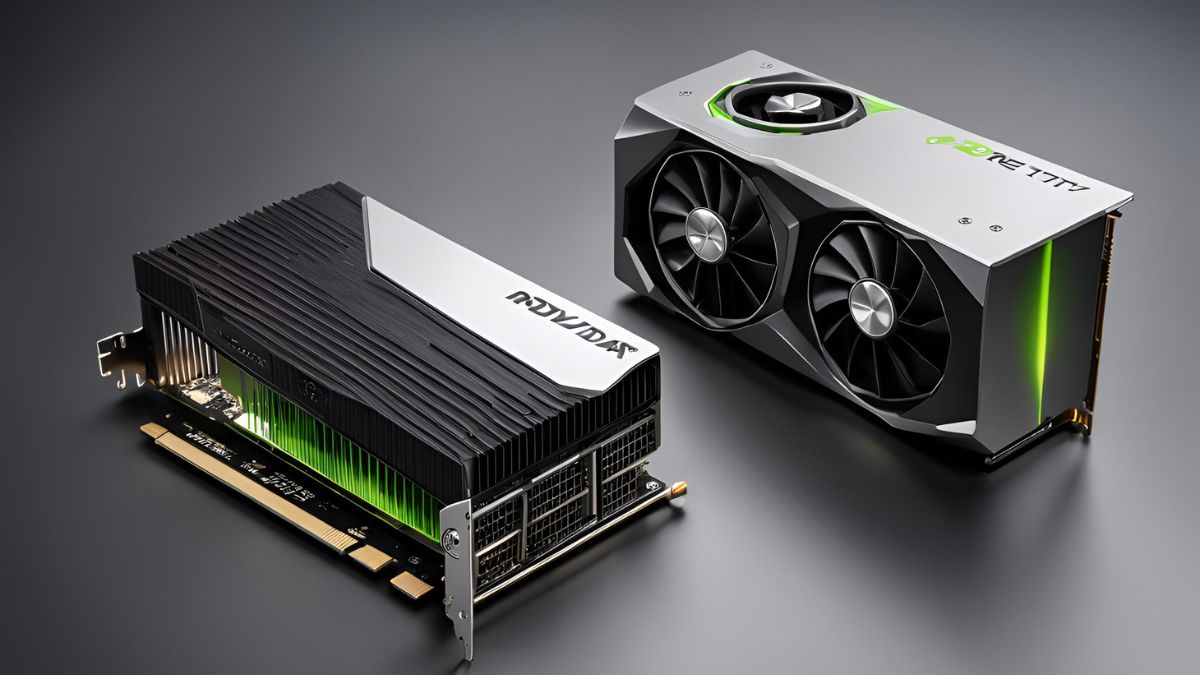
Let’s kick things off with a deep dive into the nitty-gritty details of these two GPU powerhouses! The RTX 4060 Ti and RTX 4070 might be siblings in NVIDIA’s lineup, but they’ve got some key differences under the hood.
| Specification | RTX 4060 Ti | RTX 4070 |
|---|---|---|
| CUDA Cores | 4,352 | 5,888 |
| VRAM | 8GB GDDR6 | 12GB GDDR6 |
| Base Clock | 2,310 MHz | 1,920 MHz |
| Boost Clock | 2,535 MHz | 2,475 MHz |
| TDP | 160W | 200W |
| Recommended PSU | 550W | 650W |
When it comes to memory, we’ve got an interesting situation. Both cards sport GDDR6 memory, but the VRAM capacity differences are notable. The RTX 4060 Ti typically comes with 8GB, while the RTX 4070 offers 50% more with 12GB. This difference in GPU memory bandwidth could be a game-changer for memory-hungry games and applications.
The CUDA cores comparison reveals a significant advantage for the 4070, which could translate to better performance in tasks like 3D rendering and AI-enhanced graphics processing. Both cards support PCIe 4.0, but the impact of PCIe 4.0 vs 3.0 is minimal for these GPUs, ensuring good graphics card compatibility with a wide range of systems.
Size matters too, especially if you’re working with a compact case. The RTX 4060 Ti is generally the smaller card, often fitting comfortably in two-slot designs. The RTX 4070, while not a behemoth, typically requires a bit more real estate with its 2.5 to 3-slot designs. This could affect your choice if you’re considering a multi-monitor gaming setup or have limited space in your PC case.
Performance Benchmarks
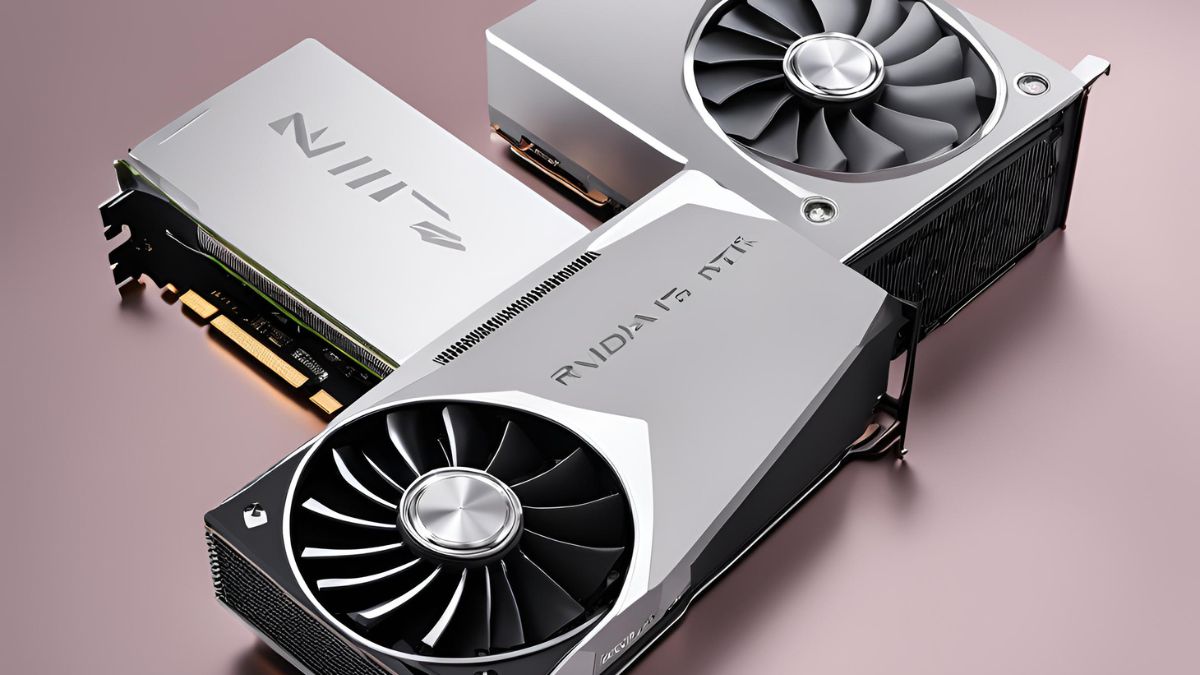
Alright, the specs are great, but let’s get to the juicy part – how do these cards perform in the wild? Here’s a breakdown of average FPS in popular games at different resolutions:
| Game | Resolution | RTX 4060 Ti | RTX 4070 |
|---|---|---|---|
| Cyberpunk 2077 | 1080p | 85 FPS | 110 FPS |
| Cyberpunk 2077 | 1440p | 60 FPS | 80 FPS |
| Fortnite | 1080p | 180 FPS | 220 FPS |
| Fortnite | 1440p | 120 FPS | 160 FPS |
| Red Dead Redemption 2 | 1080p | 95 FPS | 120 FPS |
| Red Dead Redemption 2 | 1440p | 70 FPS | 90 FPS |
Note: These are approximate figures and may vary based on system configuration and in-game settings. Both cards benefit from NVIDIA’s robust driver support, ensuring optimal performance in the latest AAA gaming titles.
1080p Gaming: The Bread and Butter
For GPU for 1080p gaming, both cards are absolute beasts. The RTX 4060 Ti consistently delivers smooth gameplay with high frame rates in most modern titles. We’re talking 100+ FPS in demanding games like Cyberpunk 2077 with high settings. But the RTX 4070 takes it up a notch, often pushing 20-30% higher frame rates, making it an excellent choice for high refresh rate monitors.
1440p: Where Things Get Interesting
Moving up to GPU for 1440p gaming is where we start to see the 4070 flex its muscles. While the 4060 Ti still holds its own, delivering 60+ FPS in most AAA titles at high settings, the 4070 really shines here. It often maintains 100+ FPS where the 4060 Ti might dip into the 80s, making it a superior 1440p gaming GPU.
4K Gaming: Pushing the Limits
Now, let’s address the elephant in the room – 4K gaming capabilities. The RTX 4060 Ti can handle 4K in less demanding titles or with settings turned down, but it’s not its forte. The RTX 4070, on the other hand, is much more comfortable at this resolution. While you might not hit 60 FPS in every game at max settings, it’s a much more viable 4K option, especially with DLSS in the mix.
Ray Tracing and DLSS: The Next-Gen Features
Both cards support ray tracing and DLSS 3.0, but there’s a notable difference in ray tracing performance. The RTX 4070, with its additional horsepower, handles ray-traced games much more smoothly. In titles like Control or Metro Exodus, you’ll see a significant FPS boost with the 4070 when ray tracing is enabled.
Price-to-Performance Ratio
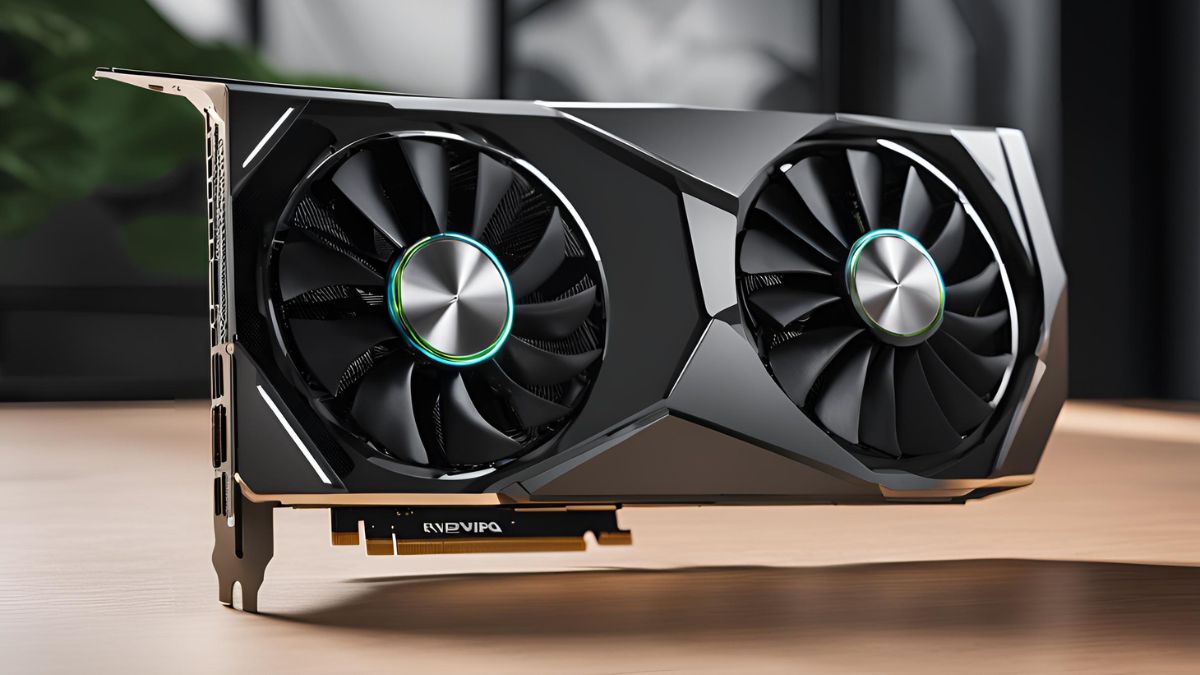 Let’s talk turkey – or in this case, dollars and cents. Performance is great, but value is where the rubber meets the road for most of us.
Let’s talk turkey – or in this case, dollars and cents. Performance is great, but value is where the rubber meets the road for most of us.
| Aspect | RTX 4060 Ti | RTX 4070 |
|---|---|---|
| MSRP | $399 | $599 |
| Typical 2024 Price | $350-$400 | $550-$650 |
| Best Value Resolution | 1080p | 1440p |
| 4K Gaming Viability | Limited | Good |
| Ray Tracing Performance | Good | Excellent |
Cost Per Frame: The True Value Metric
- At 1080p: The 4060 Ti often comes out ahead as the best value graphics card. While it may deliver fewer frames, its lower price means you’re paying less per frame.
- At 1440p: It’s a closer race. The 4070’s better performance starts to justify its higher price, but the 4060 Ti still holds its own as a cost-effective gaming GPU.
- At 4K: If you’re aiming for 4K gaming, the 4070 starts to pull ahead in value, as the 4060 Ti struggles to maintain playable framerates in many titles at this resolution.
Long-Term Value Proposition
The RTX 4070’s additional VRAM (12GB vs 8GB) and overall better performance might make it a more future-proof GPU choice. If you plan to keep your GPU for 3-4 years, the 4070 might end up being the better value in the long run, especially considering potential improvements in GPU resale value.
Feature Set Comparison
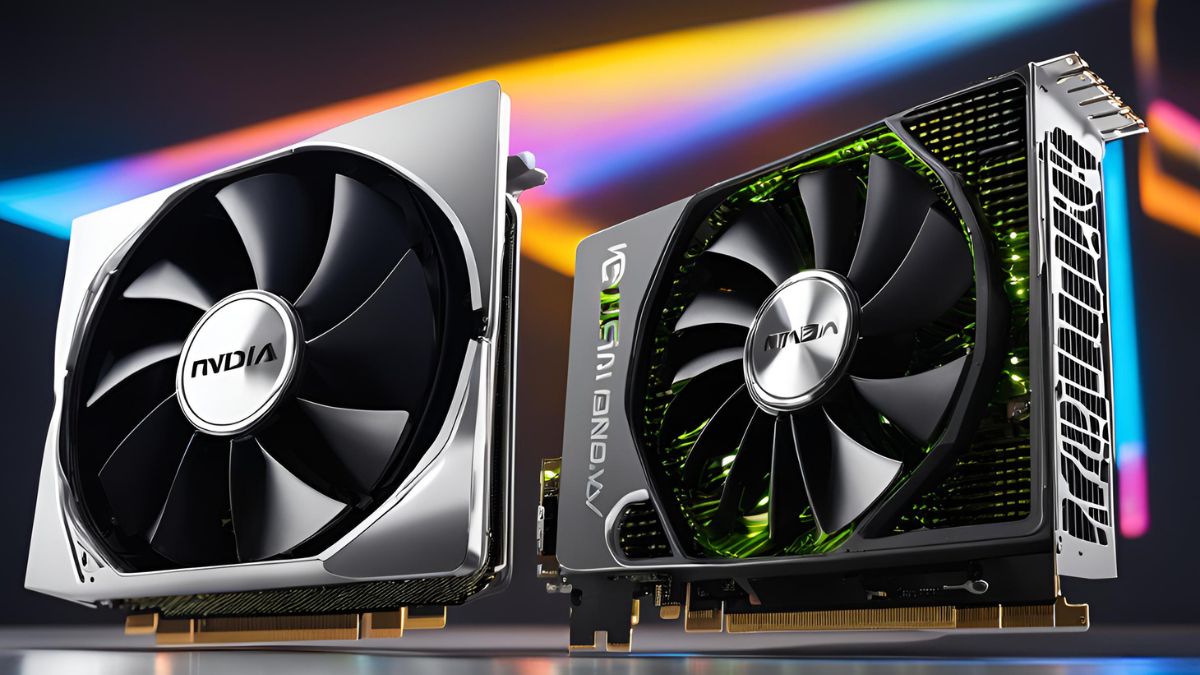 Both cards come packed with NVIDIA’s latest features, but how they implement these can differ:
Both cards come packed with NVIDIA’s latest features, but how they implement these can differ:
| Feature | RTX 4060 Ti | RTX 4070 |
|---|---|---|
| DLSS 3.0 | Supported | Supported (Better Performance) |
| RTX IO | Supported | Supported |
| NVIDIA Reflex | Supported | Supported |
| AV1 Encoding | Supported | Supported |
| 8K Playback | Supported | Supported (Better Performance) |
| Ray Tracing | Good | Excellent |
| DirectX 12 Ultimate | Supported | Supported |
| Vulkan API | Supported | Supported |
| OpenGL | Supported | Supported |
Both cards support NVIDIA Reflex latency reduction, which is crucial for esports GPU performance. They also offer excellent Vulkan API performance and OpenGL support, ensuring compatibility with a wide range of games and applications.
Video Encoding/Decoding Capabilities
Content creators, listen up! Both cards come with NVIDIA’s latest NVENC encoder, which is a boon for streamers and video editors. The RTX 4060 Ti and 4070 both support AV1 encoding, which offers better quality at lower bitrates compared to H.264. This makes them excellent choices as a GPU for streaming and video editing.
NVIDIA Broadcast features are supported on both cards, enhancing the experience for streamers and content creators. The NVIDIA Studio drivers further optimize performance for creative applications, making these GPUs suitable for tasks like 3D rendering and AI-enhanced graphics processing.
Multi-Monitor and High Refresh Rate Support
Both GPUs support multiple displays, but the 4070’s additional power makes it better suited for driving multiple high-resolution or high refresh rate monitors simultaneously. This is particularly beneficial for those looking at a GPU for high refresh rate monitors or setting up a multi-monitor gaming setup.
Power Efficiency and Thermals
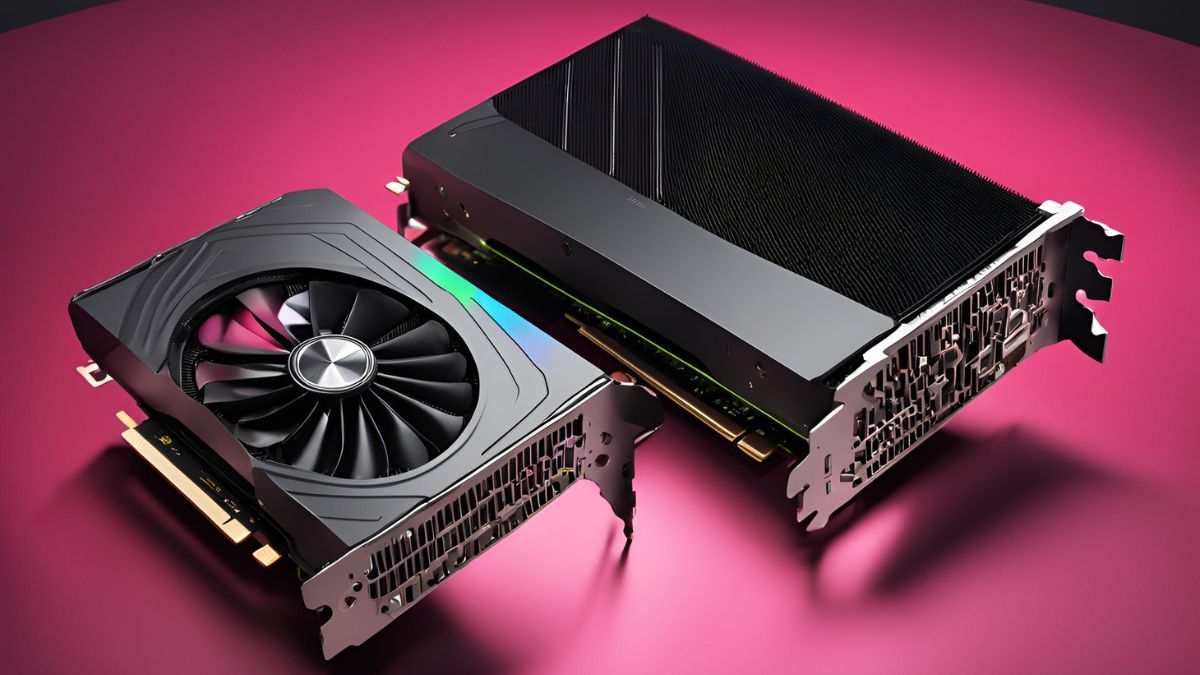 Let’s turn up the heat and talk about power consumption and cooling!
Let’s turn up the heat and talk about power consumption and cooling!
| Aspect | RTX 4060 Ti | RTX 4070 |
|---|---|---|
| TDP | 160W | 200W |
| Typical Power Draw | 140-170W | 180-220W |
| Typical Load Temps | 65-75°C | 70-80°C |
| Typical Cooling | Dual Fan | Triple Fan |
| Noise Level | Low | Low to Moderate |
Cooling Solutions and Temperatures
RTX 4060 Ti models often come with dual-fan coolers, which are more than sufficient to keep graphics card temperatures in check. RTX 4070 cards usually sport beefier cooling solutions, often with triple-fan designs. Despite its higher power draw, it usually maintains similar temperatures to the 4060 Ti.
The Efficiency Crown
Here’s the plot twist – despite its higher graphics card power consumption, the RTX 4070 often comes out on top in terms of GPU power efficiency. Why? It delivers significantly more performance for its additional power consumption. In many cases, you’re getting more frames per watt with the 4070.
Target Audience and Use Cases
Let’s break down who these cards are really for:
| Use Case | RTX 4060 Ti | RTX 4070 |
|---|---|---|
| 1080p Gaming | Excellent | Overkill |
| 1440p Gaming | Good | Excellent |
| 4K Gaming | Limited | Good |
| VR Gaming | Good | Excellent |
| Content Creation | Good | Excellent |
| Streaming | Good | Excellent |
| Compact Builds | Excellent | Good |
Both cards offer excellent VR gaming capability, but the 4070’s extra power can provide a smoother experience in demanding VR titles. For AAA gaming, both cards perform admirably, with the 4070 offering more headroom for future titles.
Upgrade Path Considerations
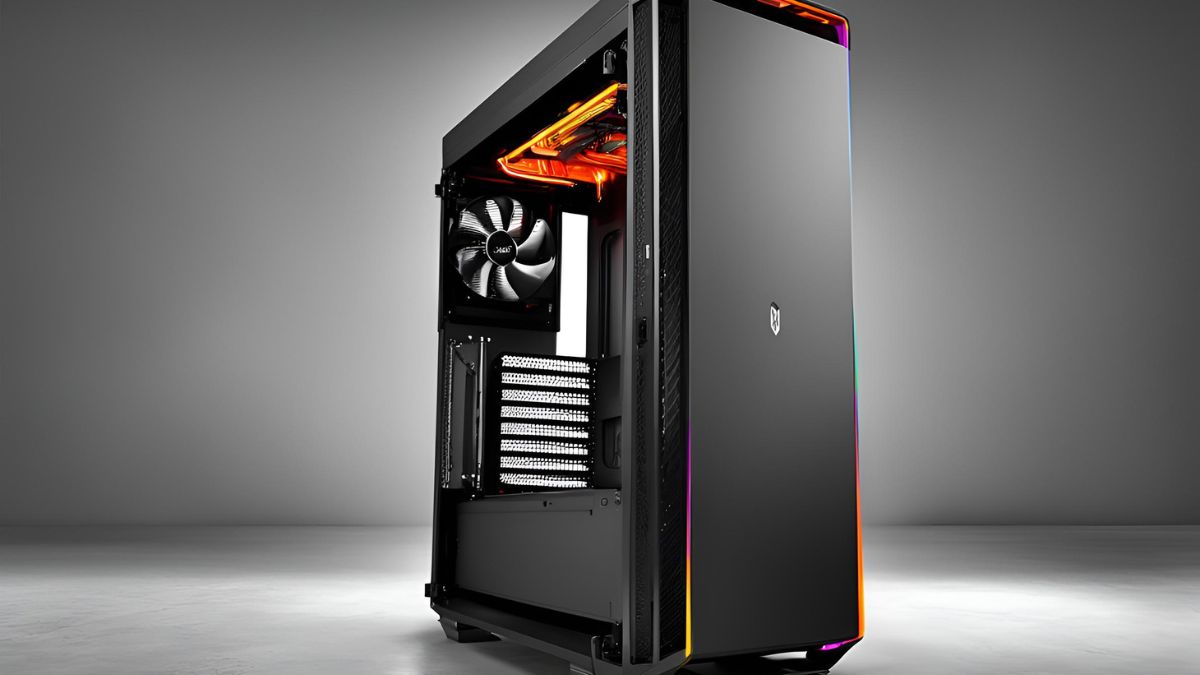
When thinking about the future, consider these factors:
| Aspect | RTX 4060 Ti | RTX 4070 |
|---|---|---|
| VRAM | 8GB (Potential Limitation) | 12GB (More Future-Proof) |
| Ray Tracing Performance | Good | Excellent |
| 4K Gaming Longevity | Limited | Good |
| Typical Upgrade Cycle | 2-3 Years | 3-5 Years |
| Resale Value Retention | Moderate | Good |
When considering your GPU upgrade path, think about your long-term needs. The 4070’s additional VRAM and processing power might extend its useful life, potentially delaying your next upgrade.
Related:
RTX GPU Compatibility: Motherboard Chipsets Guide 2024
Overclocking Potential
Both cards offer some headroom for overclocking enthusiasts. However, as always, your mileage may vary, and overclocking should be approached with caution to avoid affecting the card’s longevity or warranty.
Conclusion
Whew! We’ve put these GPUs through their paces, and the verdict is in. Whether you’re Team 4060 Ti or Team 4070, one thing’s clear: both cards pack a serious punch for PC gaming in 2024.
The RTX 4060 Ti emerges as the budget-friendly champion, offering stellar 1080p performance and decent 1440p chops. It’s the go-to choice for gamers who want great performance without breaking the bank, especially if you’re not chasing the bleeding edge of graphics technology.
On the other hand, the RTX 4070 stands tall as the more powerful sibling, ready to tackle 1440p gaming with ease and even dip its toes into 4K waters. It’s the card for those who want a bit more future-proofing and don’t mind spending extra for the additional horsepower.
Your choice ultimately boils down to your specific needs and budget. Are you all about high refresh rate 1080p gaming? The 4060 Ti has got you covered. Pushing pixels at 1440p or dabbling in 4K? The 4070 might be more your speed.
Remember, the best GPU is the one that lets you game without breaking the bank or your power supply! Consider your current setup, future plans, and gaming preferences when making your decision. Both cards support NVIDIA G-Sync compatibility, ensuring smooth, tear-free gaming experiences on compatible monitors.
